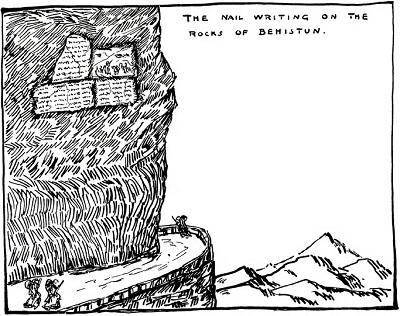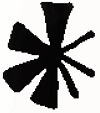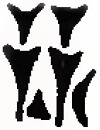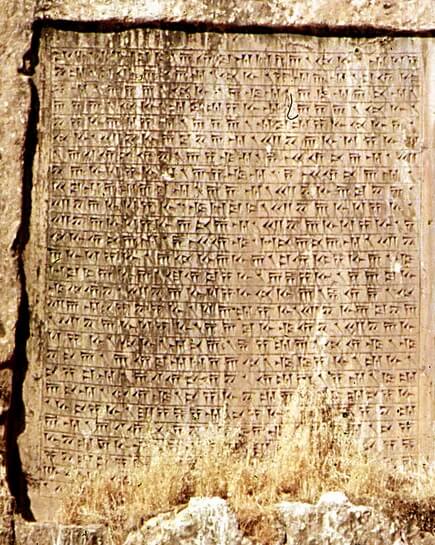 Ancient Man
Ancient Man
Ancient Man
Ancient Man













 Ancient Man
Ancient Man
Ancient Man
Ancient Man

Study the lesson for two weeks.
Over the two weeks:
Activity 1: Narrate the Chapter
Activity 2: Examine a Real Cuneiform Inscription

Activity 3: Sketch Cuneiform Shapes from the Chapter

Sketch each of the cuneiform shapes. Label each shape with its name.



Activity 4: Complete Coloring Pages, Copywork, and Writing
